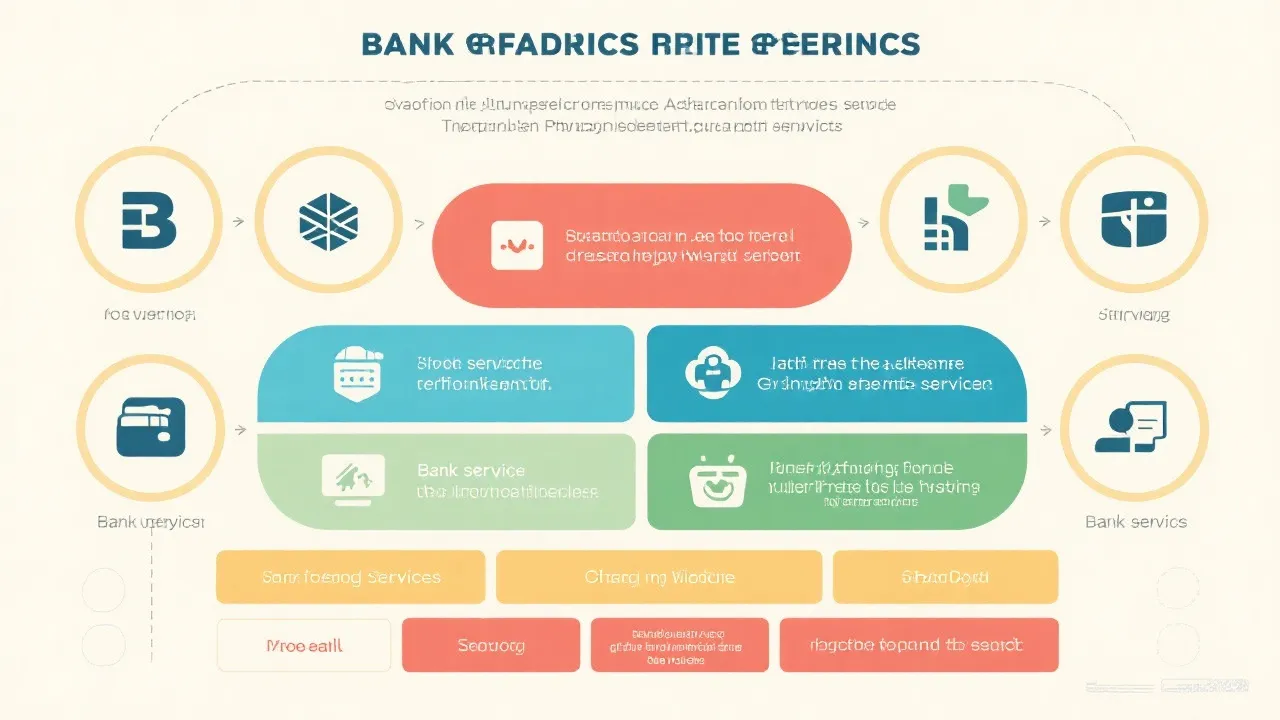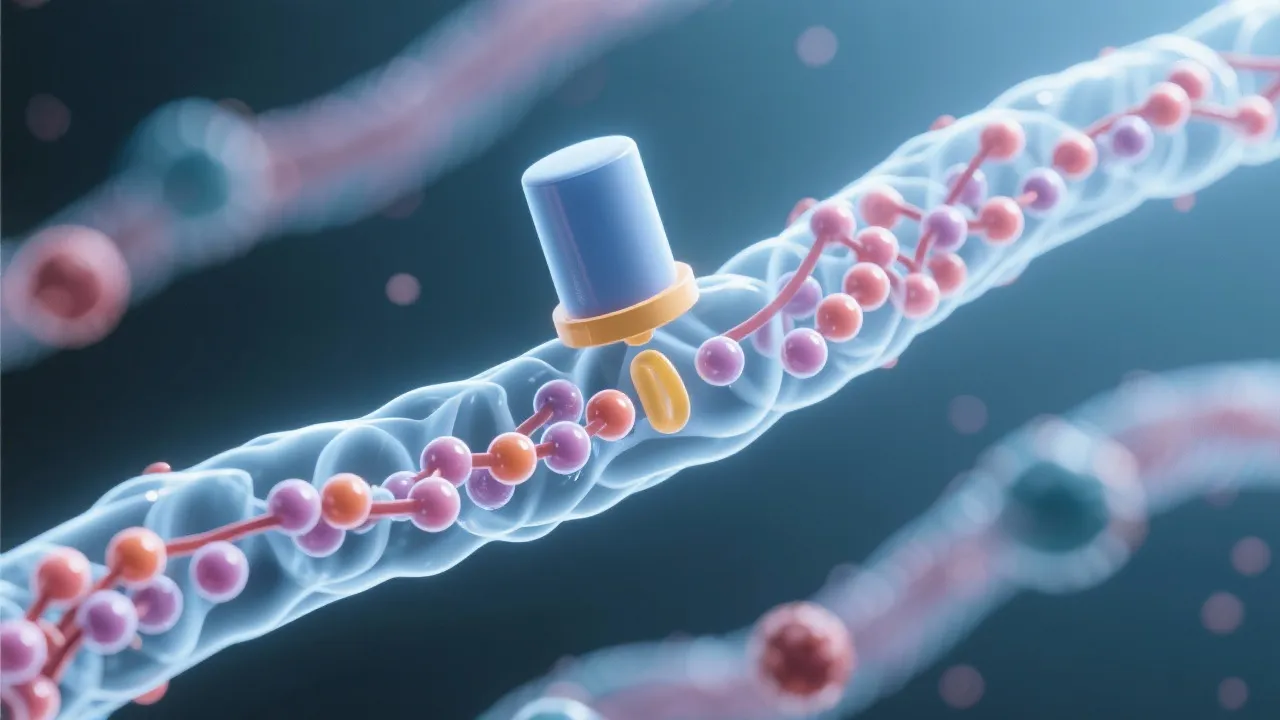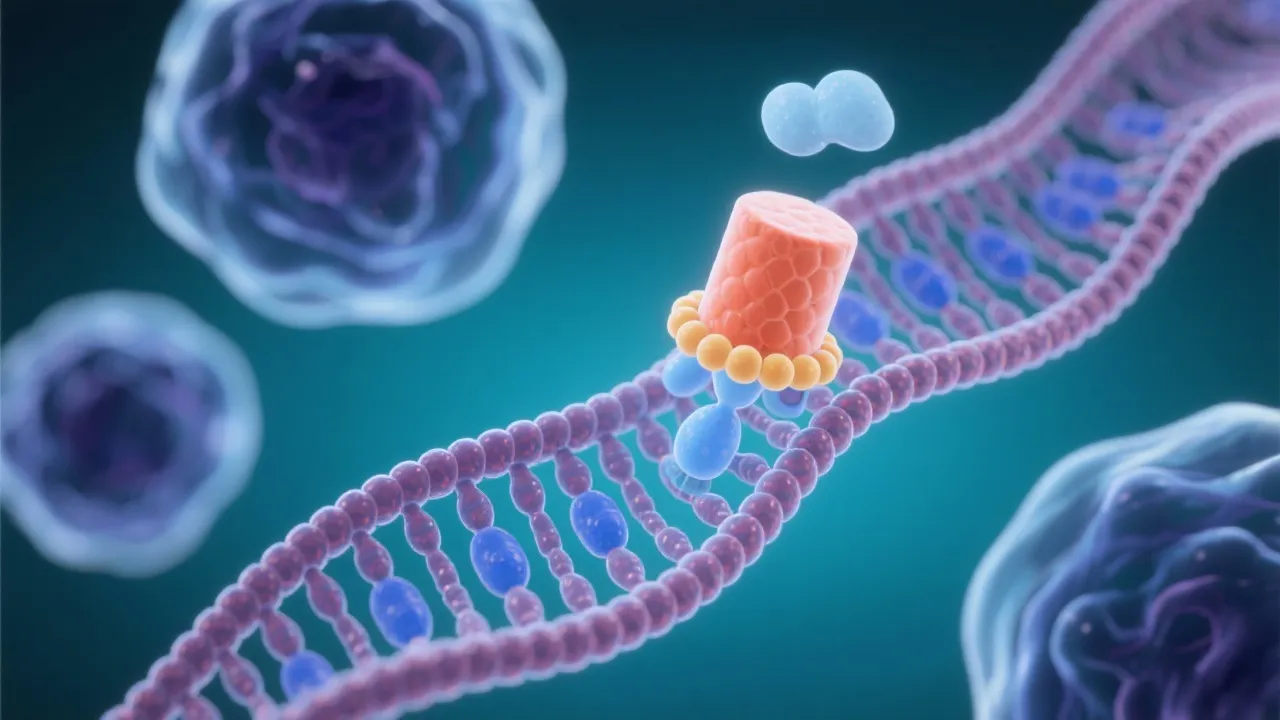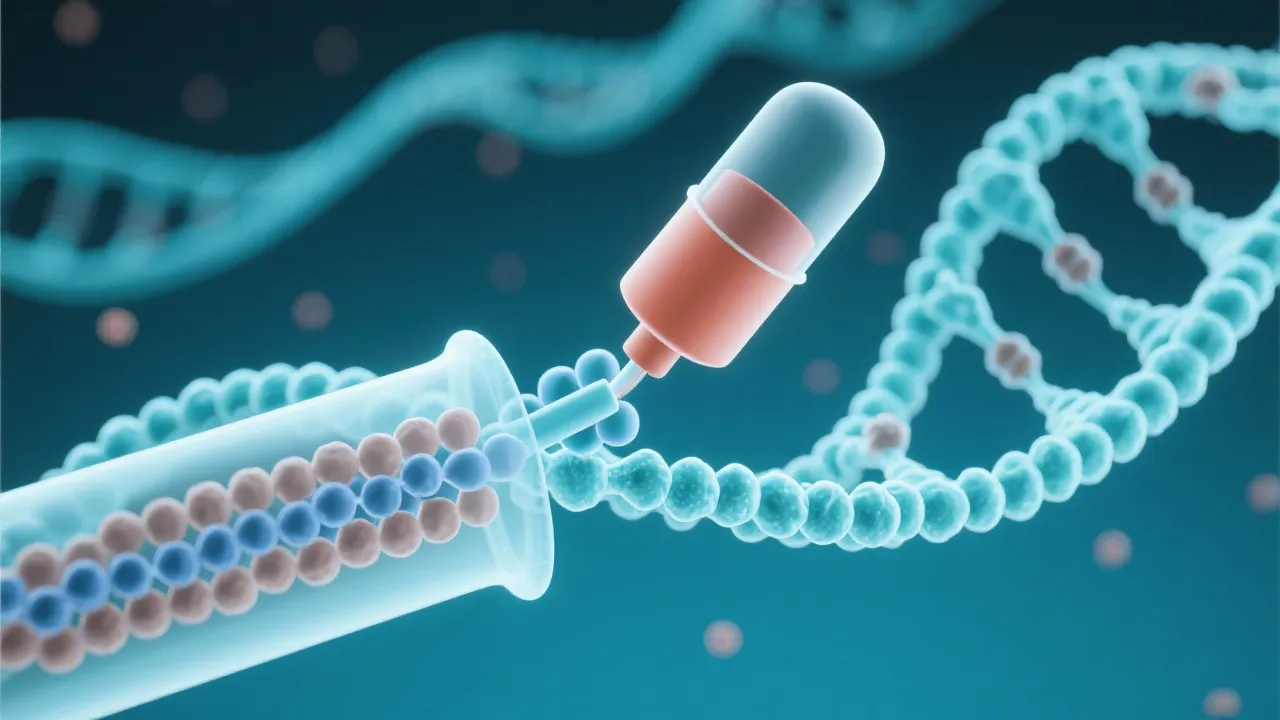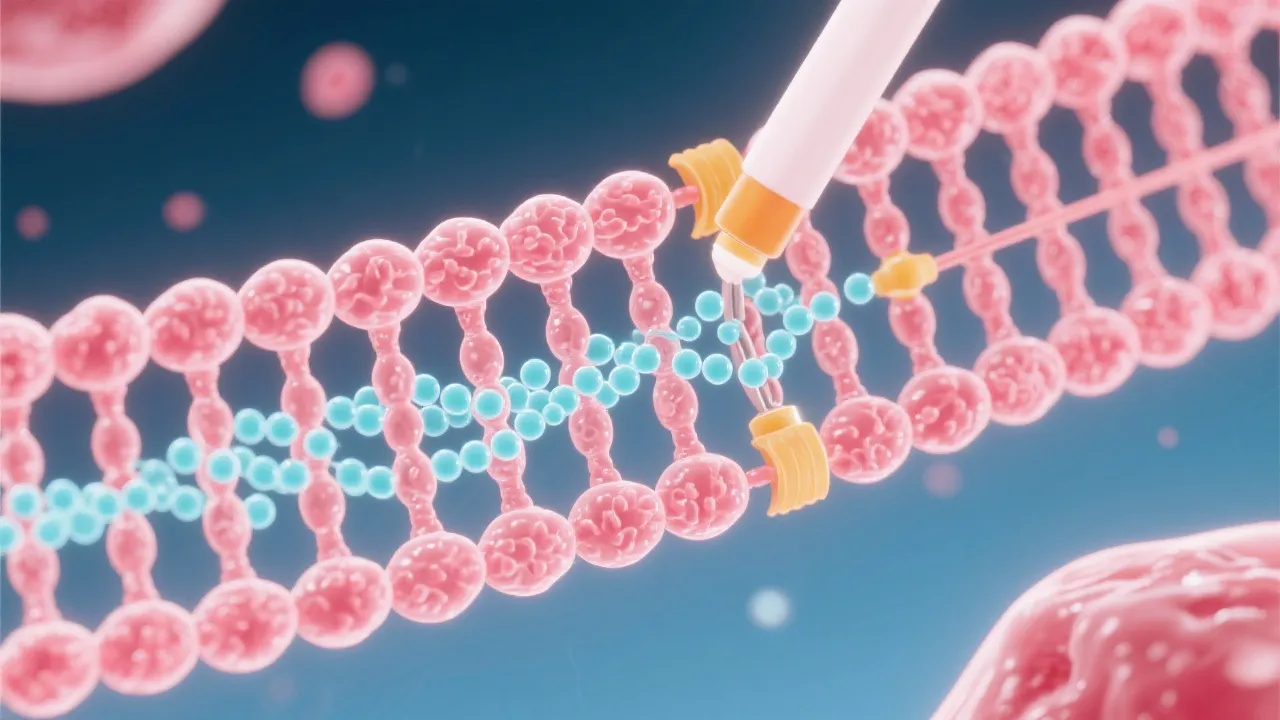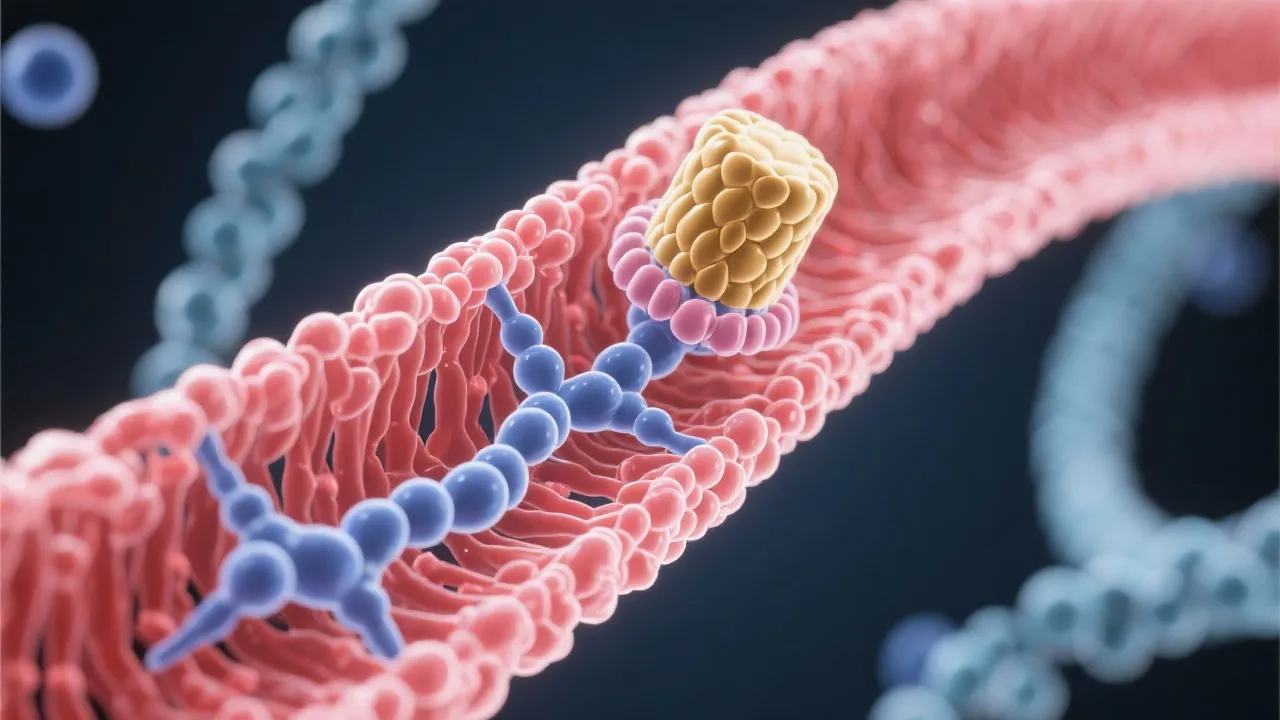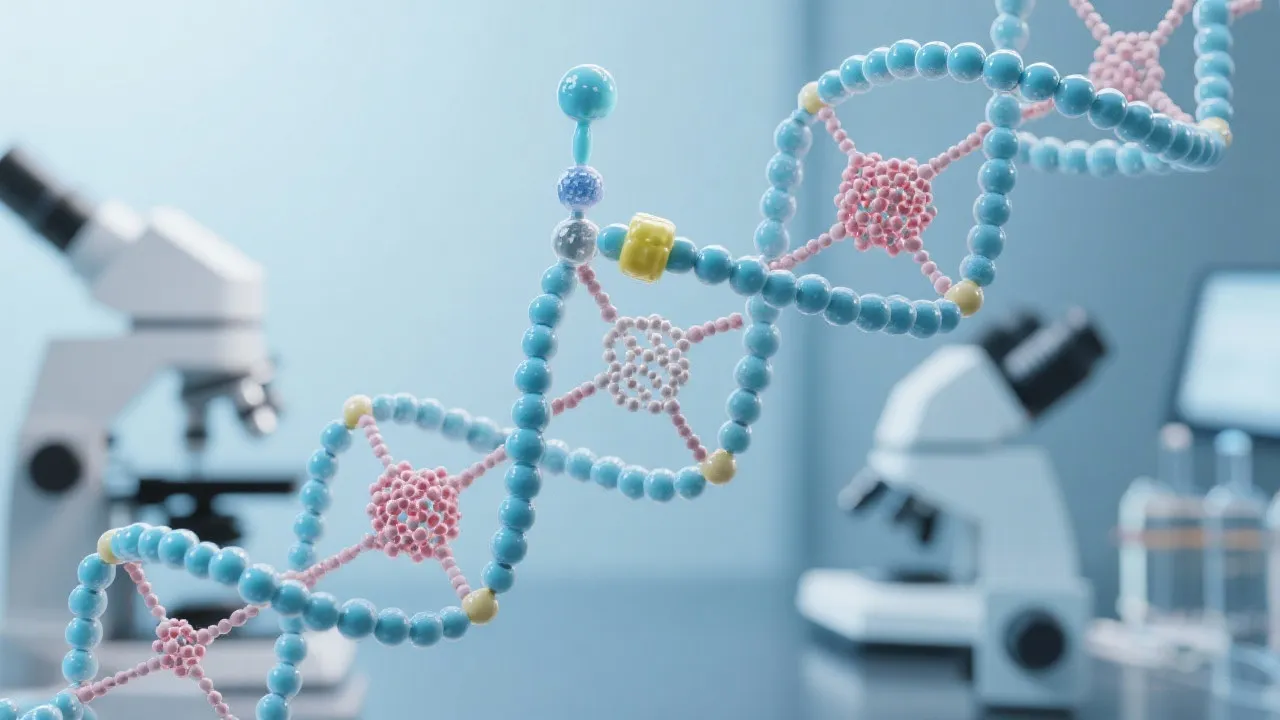Understanding mRNA Capping
mRNA capping is a critical modification process in the post-transcriptional regulation of eukaryotic mRNA. This modification involves the addition of a 7-methylguanylate cap to the 5’ end of the nascent mRNA molecule, a pivotal step that influences mRNA stability, splicing, translation efficiency, and export. This article delves into the intricacies of mRNA capping and its significant role in gene expression.
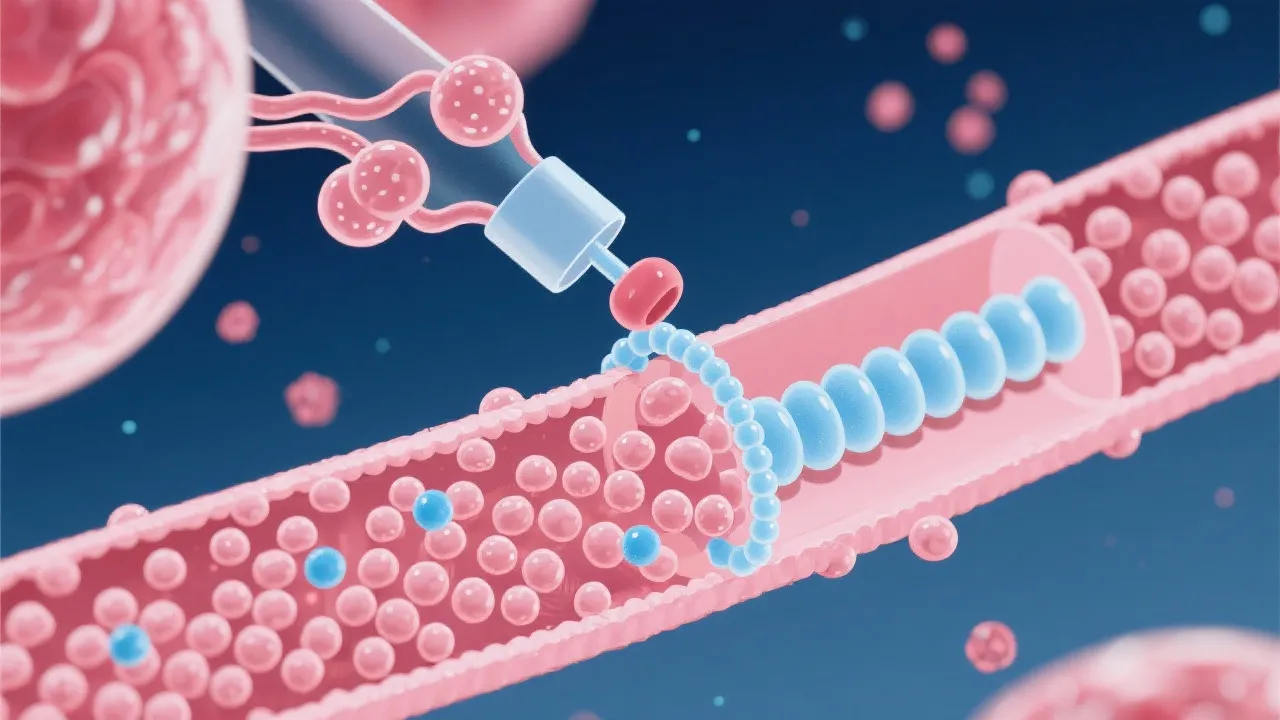
The Significance of mRNA Capping
mRNA capping is a vital process in eukaryotic gene expression, ensuring the stability and proper functioning of mRNA. By adding a 7-methylguanylate cap to the 5’ end, mRNA molecules gain protection from exonucleases, facilitate ribosome binding for translation initiation, and are correctly spliced and exported from the nucleus. This process is essential for the synthesis of proteins and the general regulation of gene expression. The importance of mRNA capping can be further understood by examining its roles in various cellular processes and how these contributions affect overall cellular physiology.
Through the cap structure, it is not just a protective element; it essentially marks the mRNA as "processed" and "ready for translation," which is recognized by cellular machinery. As various factors interact with this cap during translation, it further elevates the significance of mRNA capping in ensuring that gene expression proceeds smoothly. Given its centrality, any malfunction or tampering with the capping process can lead to significant cellular dysfunction, underscoring the importance of this mechanism.
The Mechanism of mRNA Capping
mRNA capping begins shortly after transcription initiation. The 5’ end of the nascent mRNA is modified with a methylated guanine nucleotide, forming a cap structure. This capping process occurs in a few key steps: a triphosphate end is converted into a diphosphate, guanylyltransferase adds a GMP nucleotide, and finally, methyltransferase adds a methyl group. Each of these steps is computationally elegant and tightly regulated, ensuring that the nascent mRNA molecule is modified correctly.
The conversion of the triphosphate to diphosphate is critical as it prepares the mRNA for the addition of the guanylate; this isn't just a mechanical process, but one that sets the stage for the subsequent interactions with other translation-related factors. Guanylyltransferase, utilizing energy from GTP, attaches a guanine nucleotide to the 5’ end of the mRNA. This guanine is different from regular guanine as it is methylated, making the cap structure distinctive and easily identifiable to cellular mechanisms. The final methylation step, performed by methyltransferase, adds a methyl group to the 7-position of the guanine ring, further stabilizing the cap structure and enhancing its interaction with translation initiation complexes. With such intricacies in the mechanism, it's fascinating how such simple modifications can have multi-layered repercussions on gene expression and protein synthesis.
Impact on the mRNA Lifecycle and Functionality
The mRNA cap structure plays multiple roles beyond protecting mRNA from degradation. It is crucial in mRNA splicing, where it influences spliceosome recognition. Furthermore, the cap structure aids in mRNA export from the nucleus to the cytoplasm and serves a critical role in translation initiation by binding to the eukaryotic initiation factor eIF4E. Through these roles, the cap structure directly influences the efficiency and fidelity of protein synthesis.
Moreover, the cap is also involved in the recruitment of factors necessary for mRNA splicing and polyadenylation. The interactions between the cap-binding complex and proteins associated with splicing exemplify how capping does not function in isolation but integrates multiple layers of RNA processing. Post-transcriptional modifications, including capping, ultimately influence gene expression at the translational level. For example, a well-capped mRNA is more efficiently translated, and efficient translation is crucial in processes like cellular growth, response to signals, and differentiation.
The role of the mRNA cap does not end with translation. It can also affect the overall stability of mRNAs within the cytoplasm. mRNAs that are capped have been shown to have longer half-lives compared to their uncapped counterparts. This stability can significantly alter the pool of available proteins in a system and contribute to homeostasis within the cell by ensuring that necessary proteins are available when required. Therefore, understanding mRNA capping leads us to appreciate its foundational role in gene expression regulation and its broader implications for cell health and functions.
mRNA Capping vs. Decapping: A Balanced Act
The balance between mRNA capping and decapping is important in post-transcriptional control. While capping ensures mRNA stability and efficient translation, decapping signifies the initial step of mRNA decay. Decapping involves enzymes like Dcp1-Dcp2 decapping complex, ultimately leading to the degradation of the mRNA body. This regulatory mechanism allows cells to modulate the functional half-life of mRNA, responding dynamically to cellular conditions.
Decapping is not merely a degenerative process; it represents calculated control over mRNA levels, allowing cells to fine-tune the expression of proteins according to their immediate needs. For instance, during stress conditions or nutrient limitation, cells may want to inhibit unnecessary protein synthesis, permitting them to conserve resources for vital functions. During this time, degradation pathways such as decapping become increasingly important to eliminate surplus mRNA quickly. This dynamic interplay between capping and decapping ensures that cells can efficiently manage their protein synthesis needs while responding to continuous changes in their environment.
The interplay between capping and decapping is visually represented in a model where mRNAs are depicted as being in a constant state of flux. There’s a population actively engaged in the process of translation marked by the presence of cap-binding proteins, while other mRNAs undergo decay, revealing a complex network where factors competing for the mRNA body can dictate fates. Their interactions and the cellular environment at any discrete moment lead to either mRNA stability or decay, ultimately illustrating how finely tuned this balance is.
The Role in Gene Expression and Therapeutic Applications
Understanding mRNA capping is also significant in therapeutic applications, particularly in mRNA vaccine development. The cap structure enhances immunogenicity, translation efficiency, and stability, vital for effective vaccine design, like those used in COVID-19 mRNA vaccines. mRNA capping enzymes are therefore critical tools in biotechnological and medical research, creating avenues for innovative treatments.
In the context of vaccines, the caps are not merely incidental structures; they enhance the immunogenic response to the mRNA encoded antigens, promoting a robust immune response. The efficiency at which mRNA is translated into proteins crucial for eliciting immune responses is bolstered by the cap structure. This has been particularly crucial in the rapid development of vaccines against emergent pathogens, where the speed of development hinged on the efficacy of mRNA technology. Further investigations into the enhancement of cap structures or the introduction of synthetic caps are actively being pursued to improve existing vaccines and therapeutics.
Furthermore, the innovation in using mRNA based therapeutics is not limited to vaccines. mRNA can also be therapeutically coded to address genetic disorders and cancers. Utilizing sequences that can produce beneficial proteins by leveraging the understandings of mRNA capping can potentially open entirely new realms in precision medicine. Such initiatives hold promise for treating rare genetic conditions or even creating more tailored cancer therapies by delivering precise ribonucleic acid instructions into patients.
Comparative Process Overview
| Stage | Process |
|---|---|
| Initiation | Binding of cap structure to nascent mRNA post-transcription. |
| Addition | Guanylylation and methylation of mRNA 5’ end. |
| Function | Protection, splicing influence, translation initiation, nuclear export. |
| Decapping | Involvement of Dcp1-Dcp2 complex, leading to mRNA degradation. |
| Interplay | Dynamic regulations of mRNA fate based on cellular conditions. |
FAQs
- What is the purpose of mRNA capping?
mRNA capping protects mRNA from degradation, aids in spliceosome recognition, assists in mRNA export, and supports translation efficiency. - How does the cap structure impact translation initiation?
The cap structure binds to the eukaryotic initiation factor eIF4E, which is critical for recruiting the ribosome to the mRNA for translation. - Why is mRNA capping crucial in mRNA vaccines?
mRNA capping ensures stability, translation efficiency, and structural integrity, enhancing the efficacy of mRNA-based vaccines. - What happens if mRNA capping is inefficient?
Inefficient mRNA capping can lead to destabilization of mRNA, reduced translation efficiency, and ultimately errors in protein synthesis. This dysregulation may lead to various cellular dysfunctions and diseases. - Are there different types of caps that can be used?
While the typical cap structure is a 7-methylguanylate cap, recent research has explored synthetic caps and their variations for enhanced mRNA performance in therapeutics, potentially improving their effectiveness. - How does decapping contribute to cellular homeostasis?
Decapping is a mechanism by which cells can modulate protein synthesis in response to changing internal and external environments, allowing for the degradation of unneeded or faulty mRNAs, thus contributing to cellular health and efficiency.
In conclusion, mRNA capping is a fundamental process in cellular biology, influencing the post-transcriptional regulation of gene expression. Its impact extends into biological research and therapeutic applications, demonstrating its importance across various scientific domains. By delving into the mechanisms of mRNA capping and understanding both its significance and utility, researchers can better harness its power for therapeutic innovation, paving the way for new breakthroughs in medicine and genetic engineering. As mRNA technology continues to evolve, so will the in-depth exploration of the processes like capping, guiding rational design strategies that resonate with the needs of future health challenges.


